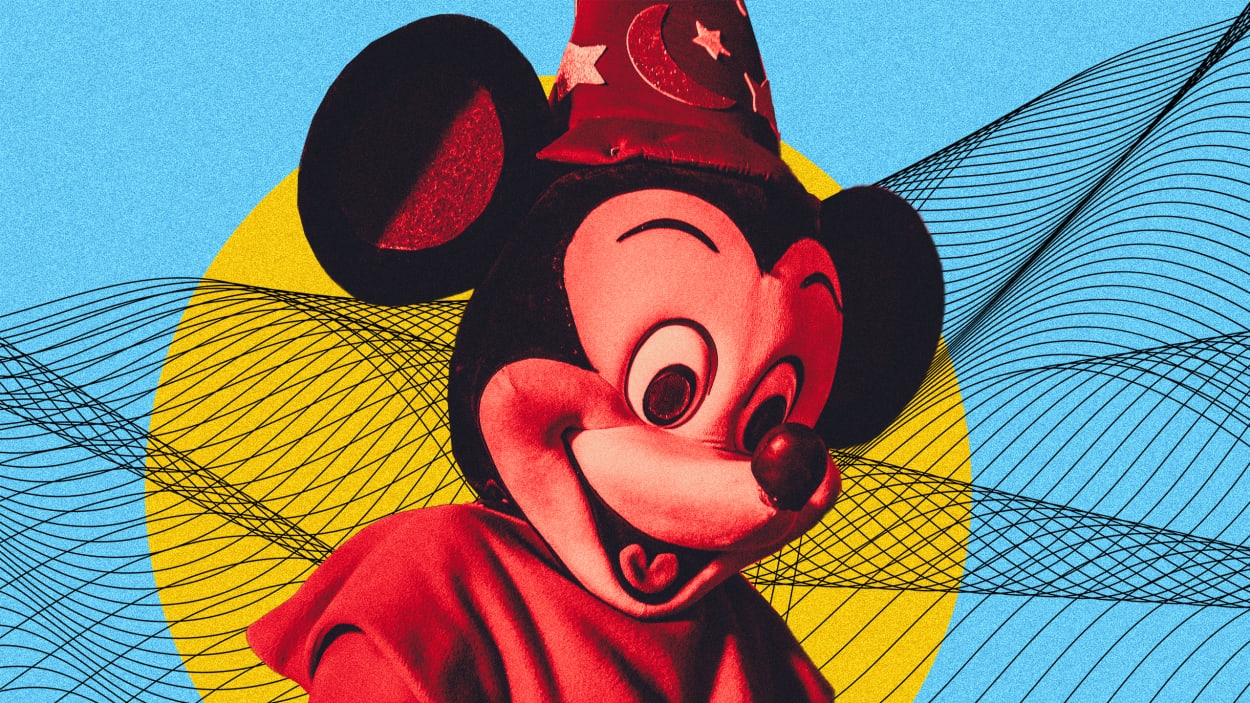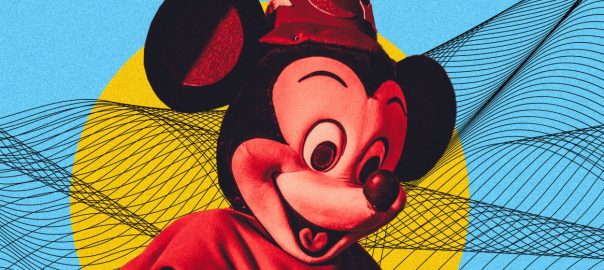In January 2008, Starbucks made a shock announcement: Its founder and former CEO, Howard Schultz, who had stepped down seven years earlier, would be returning to run the company once again. Starbucks’ stock price had fallen 42% in 2007, as the company saw its growth slow dramatically, and it found itself losing customers to unlikely competitors like McDonald’s and Dunkin’ Donuts. Over the next few years, Schultz got Starbucks back on track, in large part by bringing its back to its roots. In 2009, the company’s stock price jumped 143%, and by the time Schultz stepped down (again) in 2017, it had more than tripled.
That kind of performance, one suspects, is precisely what Disney’s board of directors had in mind when it made the decision this past weekend to bring back the company’s former CEO, Bob Iger, who retired in 2020, to replace Bob Chapek. Disney, like all legacy media companies, has been struggling to navigate the transition to streaming while dealing with the challenge of a movie business that’s still not fully recovered from the pandemic. And that’s translated into disappointing financial results. In its most recent quarter, Disney fell well short of analysts’ estimates for both revenue and profit and said its streaming businesses (which include Disney+, Hulu, and ESPN+) had lost a startling $1.5 billion. Investors, not surprisingly, were unhappy: Before Iger’s return, the stock was down almost 35% on the year.
It’s not shocking, then, that Disney wanted to replace Chapek. But hiring what’s called a “boomerang CEO” is not a sure thing. In fact, while there are well-known examples of boomerang CEOs who have done exceptionally well, like Schultz and, even more famously, Steve Jobs at Apple, their overall track record is nothing special. A 2007 study of rehired CEOs (all of whom had continued to sit on their companies’ boards of directors) found that the performance of their companies was not meaningfully different from that of other similar firms. And a 2020 study in Sloan Management Review found that boomerang CEOs actually underperformed the market over a two-year period. There’s a long list of high-profile former CEOs for whom the second time was not the charm, including A.G. Lafley at Procter & Gamble and Michael Dell at Dell Computer. Howard Schultz himself took over Starbucks for the third time this spring, and he’s struggled badly in trying to deal with workers’ efforts to unionize.
For all that, though, there’s a clear logic to the decision to hire Iger, and good reason to think it’ll work. Boomerang CEOs tend to do worse when the conditions they’re dealing with are radically different from the ones they dealt with previously. Iger has been away for only two and a half years, and while some of the challenges Disney faces—including, most notably, the impact of the pandemic—are obviously different than those it faced when he was last running the company, the fundamentals of the business have not changed. In fact, the problems Disney has to deal with, like the impact of cord-cutting on its cable and broadcast TV businesses, are things Iger has been talking about for years.
Also, Iger’s quite adept at what you might call soft management skills, which are especially important to Disney at the moment. While he became an iconic figure at the company because of his dealmaking (acquiring Pixar, Marvel, LucasFilm, and Fox Entertainment), Iger was also considered exceptionally good at talent management and nurturing the creative side of the business, which is obviously essential at a company like Disney. And that’s an area in which Disney struggled during Chapek’s tenure—his decision for the film Black Widow to debut simultaneously in theaters and via Disney+ without first consulting its star, Scarlett Johansson, not only resulted in her suing the studio for breach of contract, but also raised questions about Disney’s attitude toward talent. Similarly, during the political fight over Florida’s “Don’t Say Gay” bill, Chapek’s slow response left many employees unhappy. And his most important management move—reorganizing the company around the streaming business—seemed to many like a statement that the creative side of the business would be subordinated to the interests of distribution.

The truth is that none of those fights were, in and of themselves, exceptionally important. But together, they contributed to a sense among Disney’s stakeholders, including investors, that the company was floundering, and that Chapek wasn’t really built for the job. Being CEO is not, after all, just about making decisions. It’s also about convincing employees and investors that the company has a long-term vision, and a successful one at that. Hiring Iger sends the message that Disney will be putting more emphasis on the creative side of the business. In a note to employees this week, he wrote, “I fundamentally believe that storytelling is what fuels this company, and it belongs at the center of how we organize our businesses.” And he showed Kareem Daniel, who had been Chapek’s choice to head up the streaming division, the door.
To be sure, those are hardly dramatic changes, and the case for Iger is a little touchy-feely. But there’s a reason for that: Even though investors have soured on Disney’s prospects for the moment, its business doesn’t need transforming—it just needs better, less ham-fisted management, and better content.
Disney, after all, has three of the world’s most valuable pieces of entertainment in Disney/Pixar, Star Wars, and Marvel. Its Disney+ streaming service has 164 million subscribers, which is 100 million more than it had just 2 years ago. It owns ESPN and a controlling stake in Hulu, which together have another 70 million subscribers on their streaming platforms. And, of course, it has a theme park business that, while still recovering from the pandemic, is surprisingly robust.
Disney does face genuine challenges, most notably the declining revenue from its still very profitable television business and the uncertainty surrounding the future of movies in the theater. (In 2019, seven Disney movies broke the billion-dollar mark in global box office revenue. This year, just two movies at all Hollywood studios did.) But all legacy media companies are facing these challenges, and Disney is facing them with an unparalleled collection of assets. In a banal sense, if Iger can simply derive more value from those assets, it will not be hard for him to meaningfully improve Disney’s bottom line.
Of course, Iger, the legendary dealmaker, may well want to end his career with one more big acquisition. But it’s far from obvious that that’s necessary for Disney to succeed. Iger needs less to reinvent the company and more to restore a clear sense of itself. Disney is not a sinking ship. It’s just off course. Iger’s task over the next two years is simply to right it.
(13)
Report Post







